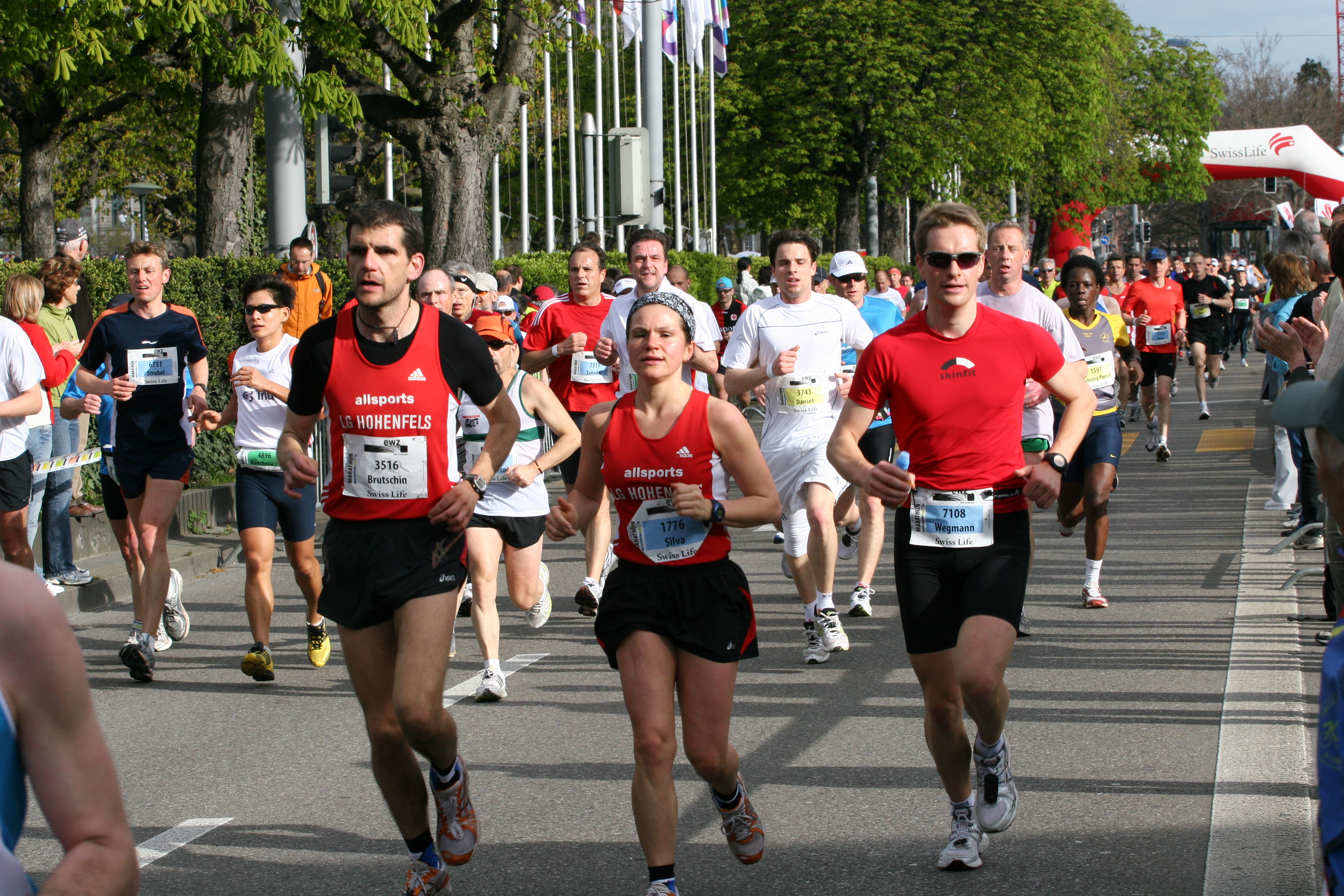Your 7 Updates for June
It’s time for our monthly updates!
The sky is still falling. OK, probably not the most cheerful opening… The newest Fundraising Effectiveness Project data is out on the sector. Previous reports have shown a serious decline in the number of donors to nonprofits, potentially threatening the health of the sector. This report shows this downward trend is continuing. Year-over-year for Q1:
- Total # of donors is down 6%
- Revenue is down 2%
- Retention down 1%
- New donors are down 10%
- New retained donors are down 7%
- Repeat retained donors are down 4%
- Recaptured donors are down 2%
- Retention is down across repeat, new, and reactivated donors
The one ray of sunshine is a 3% increase in the number of sub-$250, but AFP sources are concerned that this may be a shifting of giving rather than an increase in it. In fact, they say that we could be in for an overall drop in revenues in 2019, something we only avoided in 2018 because of increases in $1000+ giving.
Increases in legacy giving. Roger has talked about the need for more investment in legacy giving. There’s new data out of the UK that legacy giving is at a record high, up 10% year-over-year. This is especially important given the declines in other areas discussed above. So while the best time to invest in this was 20 years ago, the second best time is now. (But not to the exclusion of new acquisition – you don’t want to be where the UK Tories are, where they get more in gifts from dead members than from living ones.)
Two webinars available. If you missed the behavioral science webinar last week from Lauren Merrill from CRS and Dr. Kiki Koutmeridou of DonorVoice fame, the video is available here. And if you’d like to learn which half of your marketing is wasted, you can see Kevin Schulman’s webinar from Wednesday here.
One webinar left. On June 26th, in How Donor Intelligence Can Retain Your Sustaining Donors the Canadian Red Cross will share how they are listening to donors from the point of acquisition on and using that intelligence to retain their sustaining donors and improve their processes.
 Runs slow to a walk. On February, we talked about how event participation rates had dropped. Previously, races had been a bit more immune to this, populated as they are with more hardcore runners (which, of course, is not predictive of whether they will donate outside of the race structure; hardcore runners are not necessarily hardcore donors). That may have turned to the negative as well. Runner’s World reports that running event participation peaked in 2016. Half marathons declined by a quarter and 5Ks by 13% since then.
Runs slow to a walk. On February, we talked about how event participation rates had dropped. Previously, races had been a bit more immune to this, populated as they are with more hardcore runners (which, of course, is not predictive of whether they will donate outside of the race structure; hardcore runners are not necessarily hardcore donors). That may have turned to the negative as well. Runner’s World reports that running event participation peaked in 2016. Half marathons declined by a quarter and 5Ks by 13% since then.
As we said in February, we shouldn’t measure events by whether they return people to the event but whether they return people to the organization. Part of that is whether the event experience adds to the participant’s commitment to the organization and satisfaction with it.
Alternate funding models – an update. In December, we reported on Mindful Monsters, an effort from UK-based Scope to engage mothers, their key donor identity) with a monthly subscription to mindfulness activity cards to do with their kids. While outside the traditional mission, it brought in new supporters, then new donors.
Kevin Waudby of Good Innovation recently reported on LifeArc, which has another interesting funding model. They retained a large proportion of the royalties in a drug they helped develop, which is now paying for them to help develop additional lifesaving research. An important quote even for those who can’t develop drugs:
“so much income is ‘locked-up’ in the commercial potential of charity assets, capabilities and knowledge – in the work their frontline staff are giving away… for free; in the knowledge their researchers generate and distribute… for free; in their unique understanding of the issues they exist to solve… given away for free.
How many other LifeArc-style opportunities might be uncovered if charities applied a more commercial lense [SIC] to their assets, capabilities and knowledge?”
This is the core of the give-to-get model – working to develop what your ideal donor identity needs with your in-house knowledge and resources. More on this alternate acquisition method here.
An anecdote about the growth in home speakers. Last April, we talked about Alexa’s at-the-time new ability to donate from your smart speakers. I could tell you the update is Jay Baer’s new article about the rise in voice-activated content is the key update here or the new data there was a 36% increase in the use of home speakers year-over-year.
But really, it’s an excuse to talk about cinnamon rolls. There were some in the fridge because, I assumed, my wife wanted them. My wife assumed I’d put them on the list.
Meanwhile, yesterday, I heard my 10-year-old son saying “Alexa, please put cinnamon rolls on the list”…
The morale – train young kids to donate to you on their smart speakers…
Nick



Good info
Speaks directly to the need for many orgs to seek emerging and mid level donors. Although elusive, they exist! In smaller communities, the same donors may be asked again and again, while money is left on the table by ignoring the unknowns who might be quietly raising their hands, then going away when they don’t seem to be called upon.
Great data and info. Thanks for posting!